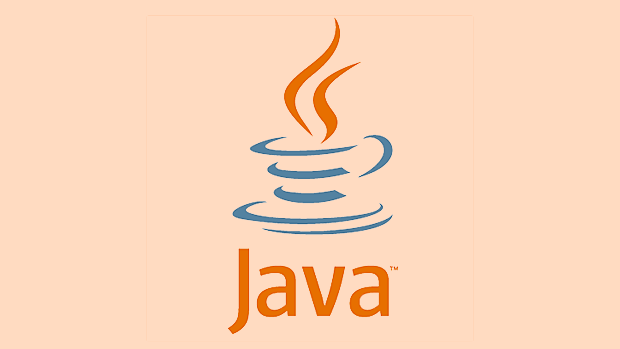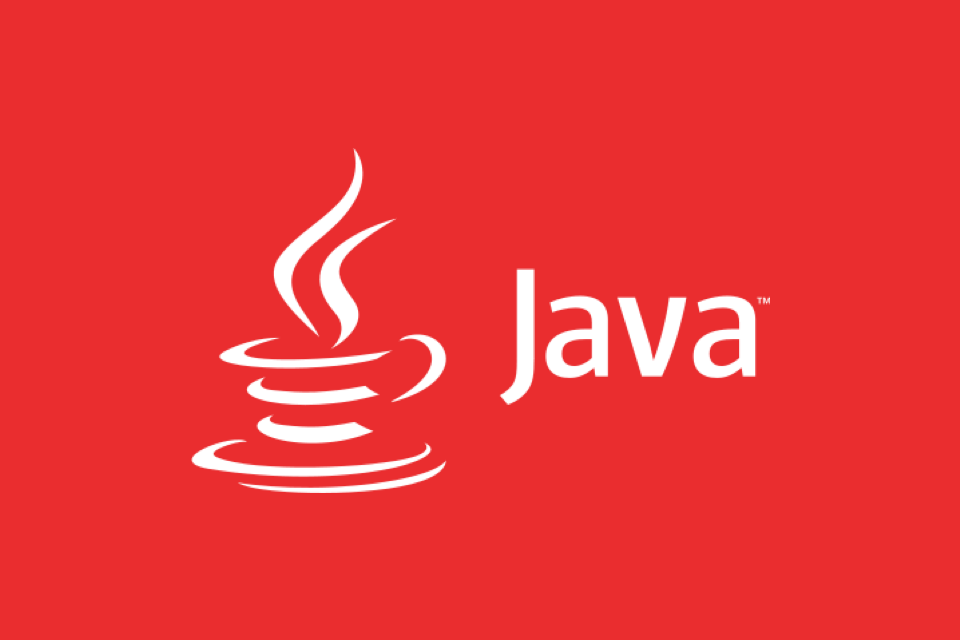Analyzing Java heap dumps is a key means to troubleshoot memory problems, especially for identifying memory leaks and performance bottlenecks. 1. Use Eclipse MAT or VisualVM to open the .hprof file. MAT provides Histogram and Dominator Tree views to display the object distribution from different angles; 2. sort in Histogram by number of instances or space occupied to find classes with abnormally large or large sizes, such as byte[], char[] or business classes; 3. View the reference chain through "List Objects > with incoming/outgoing references" to determine whether it is accidentally held; 4. Use the "Path to GC Roots" function to eliminate virtual/soft/weak references, locate strong reference paths, and identify problems such as uncleaned cache, unlogged listeners, improper use of ThreadLocal; 5. Use Dominator Tree Check the Retained Heap value, determine which objects can free up a lot of memory after being released, and further expand the dominant area to analyze the overall memory structure. Mastering these key steps can quickly locate most memory problems.

Analyzing Java heap dumps is an important means to troubleshoot memory problems, especially when dealing with memory leaks or performance bottlenecks. The core is to find out memory-occupying objects, duplicate objects or unexpected reference chains through tools.

Open Heap Dump with the right tools
The most common tools are Eclipse MAT (Memory Analyzer) and VisualVM , where MAT is more powerful and suitable for in-depth analysis.
After downloading and installing, use it to open the .hprof file directly to start browsing the heap memory situation.
- MAT will display views such as "Histogram" and "Dominator Tree", respectively, displaying the object distribution from different angles.
- If you just want to see how many instances a certain class has, Histogram is the first choice.
- If you want to know which objects take up the most memory and prevent garbage collection, Dominator Tree is more suitable.
Find large and duplicate objects in memory
After entering the Histogram view, you can sort it by the number of instances or the total footprint. Focus on classes with abnormal numbers or large sizes of a single instance.

for example:
-
byte[]orchar[]take up a high occupancy, which may be cached or large strings not released; - The number of a certain business class (such as
UserandCacheEntry) is far beyond expectations, and there may be memory leaks; - Pay attention to the package name and prioritize checking the classes related to the code you wrote yourself.
Click in to see the specific instance, right-click and select "List Objects > with incoming/outgoing references", you can view the reference chain and determine whether it is accidentally held.

Analyze the reference chain and locate the root cause of memory leaks
Memory leaks are usually caused by the fact that objects are no longer used but cannot be recycled by GC. They are common in static collections, listeners, thread local variables, etc.
MAT provides the "Path to GC Roots" function to see why an object is still alive. The operation method is:
- Right-click the suspicious object
- Select "Merge Shortest Path to GC Roots" → Do not check "Virtual/Soft/Wind References", only look at the strong reference path
In this way, you can see who is "hugging" the object. Common "culprits" include:
- Cache not cleaned (especially HashMap without an expiration mechanism)
- Listener not logged out (such as event listening, observer mode)
- Improper use of ThreadLocal causes residual data in thread pool
Use Dominator Tree if necessary
Dominator Tree shows the relationship of "who controls who" that is, if object A is recycled, then all objects under it are recycled. This is very helpful in judging the overall memory structure.
In this view, you can see the "Retained Heap" value for each node, representing how much memory can be freed if the object is freed. The larger the value, the more you are worth paying attention to.
If you find that an object Retained Heap is particularly high, you can further expand its dominant area to see if multiple child objects are involved at the same time.
Basically that's it. Heap dump analysis is not particularly complicated, but it is easy to ignore details, such as reference types, real paths of GC Roots. Just grasp a few key views and operation methods to quickly locate most memory problems.
The above is the detailed content of How to analyze a Java heap dump?. For more information, please follow other related articles on the PHP Chinese website!

Hot AI Tools

Undress AI Tool
Undress images for free

Undresser.AI Undress
AI-powered app for creating realistic nude photos

AI Clothes Remover
Online AI tool for removing clothes from photos.

Clothoff.io
AI clothes remover

Video Face Swap
Swap faces in any video effortlessly with our completely free AI face swap tool!

Hot Article

Hot Tools

Notepad++7.3.1
Easy-to-use and free code editor

SublimeText3 Chinese version
Chinese version, very easy to use

Zend Studio 13.0.1
Powerful PHP integrated development environment

Dreamweaver CS6
Visual web development tools

SublimeText3 Mac version
God-level code editing software (SublimeText3)

Hot Topics
 How Java ClassLoaders Work Internally
Jul 06, 2025 am 02:53 AM
How Java ClassLoaders Work Internally
Jul 06, 2025 am 02:53 AM
Java's class loading mechanism is implemented through ClassLoader, and its core workflow is divided into three stages: loading, linking and initialization. During the loading phase, ClassLoader dynamically reads the bytecode of the class and creates Class objects; links include verifying the correctness of the class, allocating memory to static variables, and parsing symbol references; initialization performs static code blocks and static variable assignments. Class loading adopts the parent delegation model, and prioritizes the parent class loader to find classes, and try Bootstrap, Extension, and ApplicationClassLoader in turn to ensure that the core class library is safe and avoids duplicate loading. Developers can customize ClassLoader, such as URLClassL
 Asynchronous Programming Techniques in Modern Java
Jul 07, 2025 am 02:24 AM
Asynchronous Programming Techniques in Modern Java
Jul 07, 2025 am 02:24 AM
Java supports asynchronous programming including the use of CompletableFuture, responsive streams (such as ProjectReactor), and virtual threads in Java19. 1.CompletableFuture improves code readability and maintenance through chain calls, and supports task orchestration and exception handling; 2. ProjectReactor provides Mono and Flux types to implement responsive programming, with backpressure mechanism and rich operators; 3. Virtual threads reduce concurrency costs, are suitable for I/O-intensive tasks, and are lighter and easier to expand than traditional platform threads. Each method has applicable scenarios, and appropriate tools should be selected according to your needs and mixed models should be avoided to maintain simplicity
 Understanding Java NIO and Its Advantages
Jul 08, 2025 am 02:55 AM
Understanding Java NIO and Its Advantages
Jul 08, 2025 am 02:55 AM
JavaNIO is a new IOAPI introduced by Java 1.4. 1) is aimed at buffers and channels, 2) contains Buffer, Channel and Selector core components, 3) supports non-blocking mode, and 4) handles concurrent connections more efficiently than traditional IO. Its advantages are reflected in: 1) Non-blocking IO reduces thread overhead, 2) Buffer improves data transmission efficiency, 3) Selector realizes multiplexing, and 4) Memory mapping speeds up file reading and writing. Note when using: 1) The flip/clear operation of the Buffer is easy to be confused, 2) Incomplete data needs to be processed manually without blocking, 3) Selector registration must be canceled in time, 4) NIO is not suitable for all scenarios.
 Best Practices for Using Enums in Java
Jul 07, 2025 am 02:35 AM
Best Practices for Using Enums in Java
Jul 07, 2025 am 02:35 AM
In Java, enums are suitable for representing fixed constant sets. Best practices include: 1. Use enum to represent fixed state or options to improve type safety and readability; 2. Add properties and methods to enums to enhance flexibility, such as defining fields, constructors, helper methods, etc.; 3. Use EnumMap and EnumSet to improve performance and type safety because they are more efficient based on arrays; 4. Avoid abuse of enums, such as dynamic values, frequent changes or complex logic scenarios, which should be replaced by other methods. Correct use of enum can improve code quality and reduce errors, but you need to pay attention to its applicable boundaries.
 How to handle exceptions properly in Java?
Jul 06, 2025 am 02:43 AM
How to handle exceptions properly in Java?
Jul 06, 2025 am 02:43 AM
The key to handling exceptions in Java is to catch them, handle them clearly, and not cover up problems. First, we must catch specific exception types as needed, avoid general catches, and prioritize checkedexceptions. Runtime exceptions should be judged in advance; second, we must use the log framework to record exceptions, and retry, rollback or throw based on the type; third, we must use the finally block to release resources, and recommend try-with-resources; fourth, we must reasonably define custom exceptions, inherit RuntimeException or Exception, and carry context information for easy debugging.
 What is an anonymous inner class?
Jul 07, 2025 am 02:18 AM
What is an anonymous inner class?
Jul 07, 2025 am 02:18 AM
Anonymous internal classes are used in Java to create subclasses or implement interfaces on the fly, and are often used to override methods to achieve specific purposes, such as event handling in GUI applications. Its syntax form is a new interface or class that directly defines the class body, and requires that the accessed local variables must be final or equivalent immutable. Although they are convenient, they should not be overused. Especially when the logic is complex, they can be replaced by Java8's Lambda expressions.
 What is a Singleton design pattern in Java?
Jul 09, 2025 am 01:32 AM
What is a Singleton design pattern in Java?
Jul 09, 2025 am 01:32 AM
Singleton design pattern in Java ensures that a class has only one instance and provides a global access point through private constructors and static methods, which is suitable for controlling access to shared resources. Implementation methods include: 1. Lazy loading, that is, the instance is created only when the first request is requested, which is suitable for situations where resource consumption is high and not necessarily required; 2. Thread-safe processing, ensuring that only one instance is created in a multi-threaded environment through synchronization methods or double check locking, and reducing performance impact; 3. Hungry loading, which directly initializes the instance during class loading, is suitable for lightweight objects or scenarios that can be initialized in advance; 4. Enumeration implementation, using Java enumeration to naturally support serialization, thread safety and prevent reflective attacks, is a recommended concise and reliable method. Different implementation methods can be selected according to specific needs
 Java String vs StringBuilder vs StringBuffer
Jul 09, 2025 am 01:02 AM
Java String vs StringBuilder vs StringBuffer
Jul 09, 2025 am 01:02 AM
String is immutable, StringBuilder is mutable and non-thread-safe, StringBuffer is mutable and thread-safe. 1. Once the content of String is created cannot be modified, it is suitable for a small amount of splicing; 2. StringBuilder is suitable for frequent splicing of single threads, and has high performance; 3. StringBuffer is suitable for multi-threaded shared scenarios, but has a slightly lower performance; 4. Reasonably set the initial capacity and avoid using String splicing in loops can improve performance.






